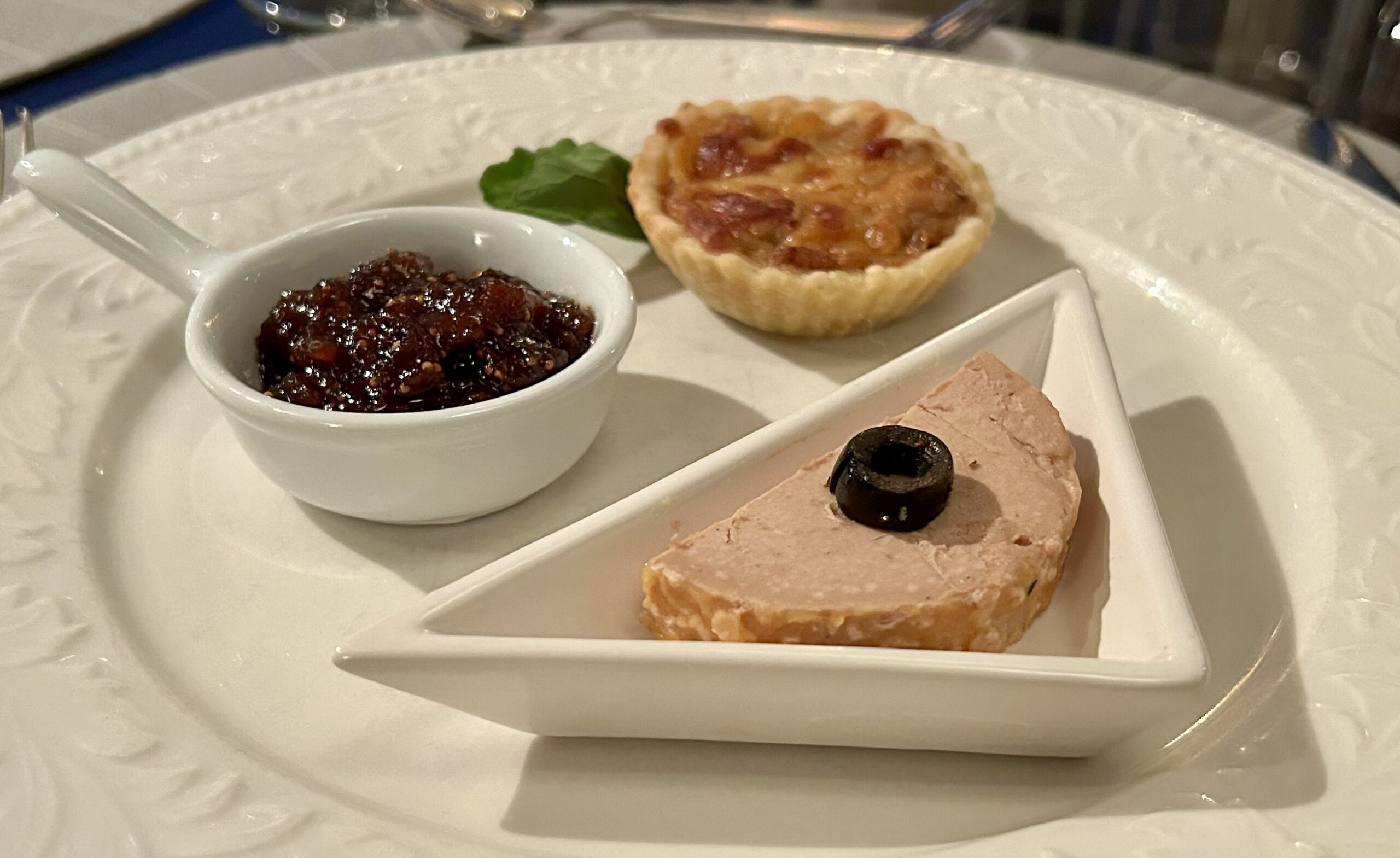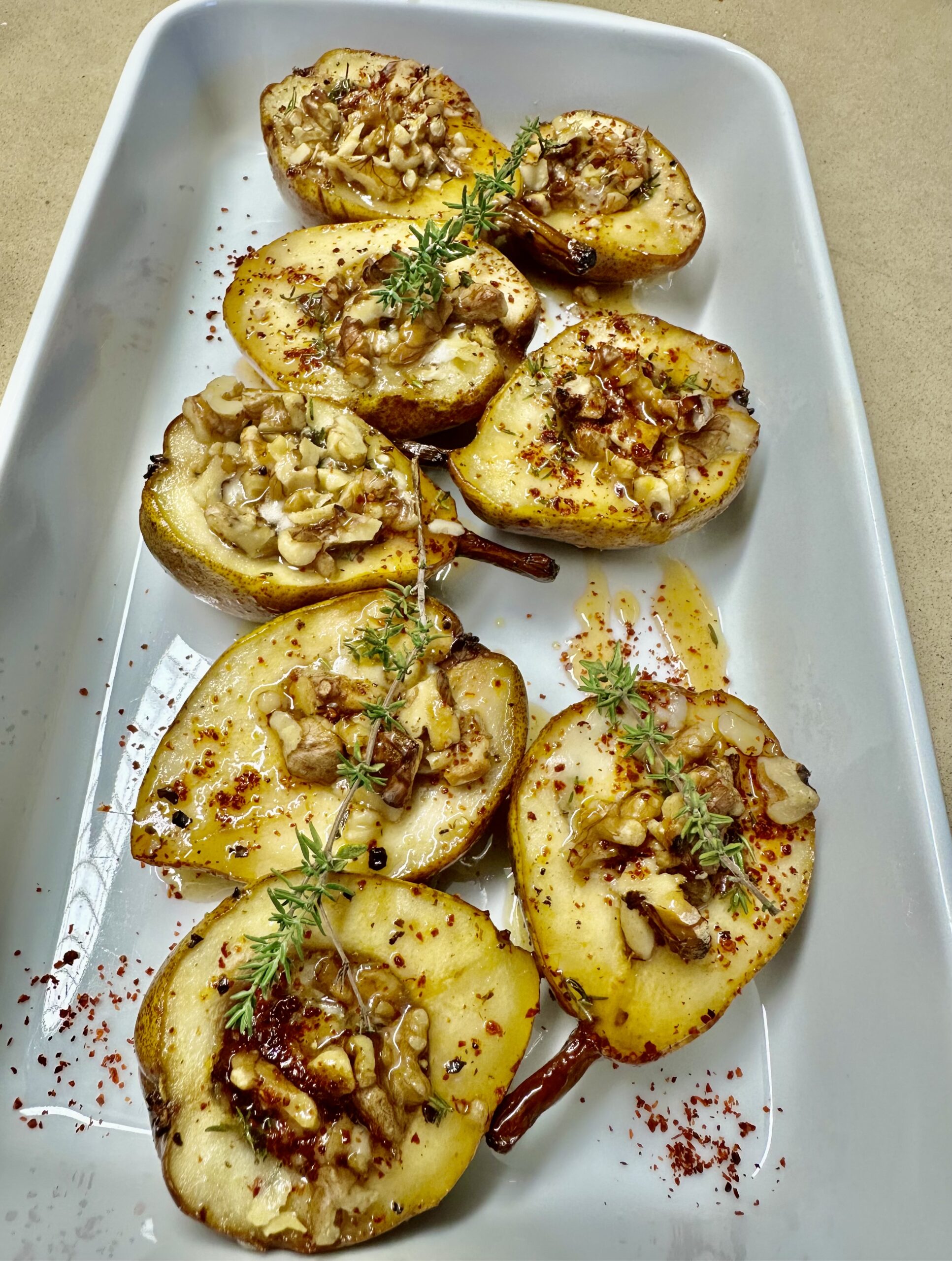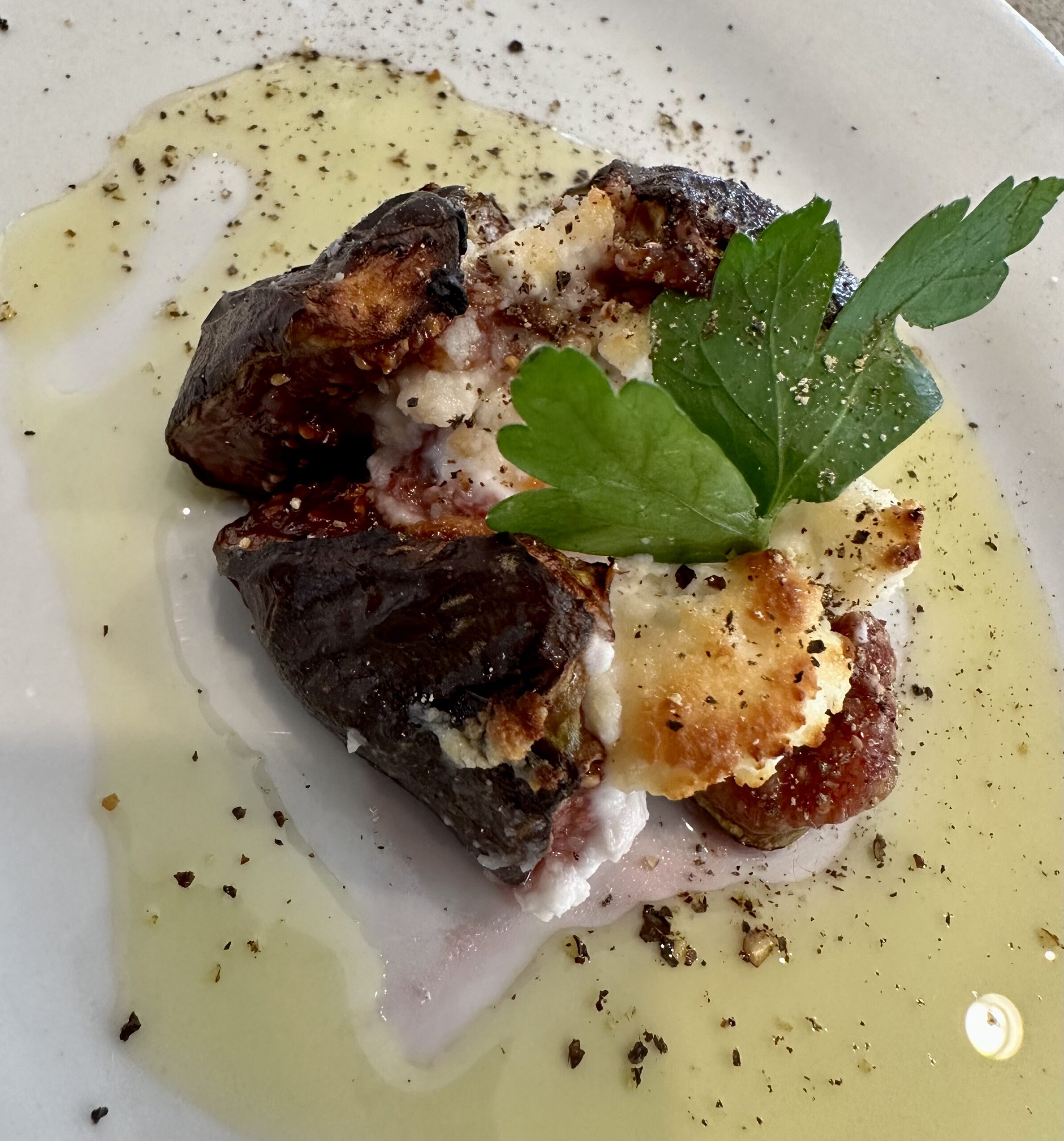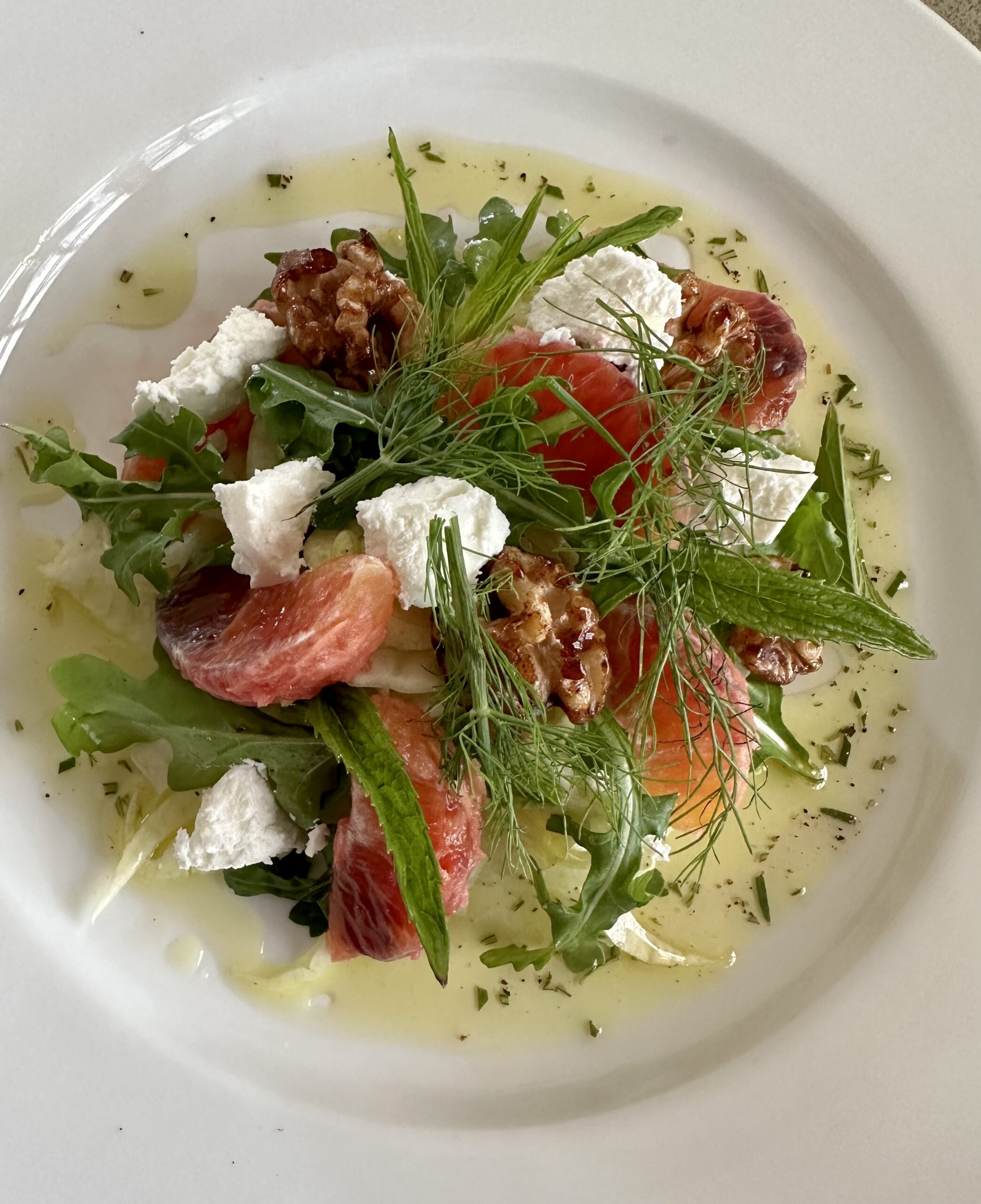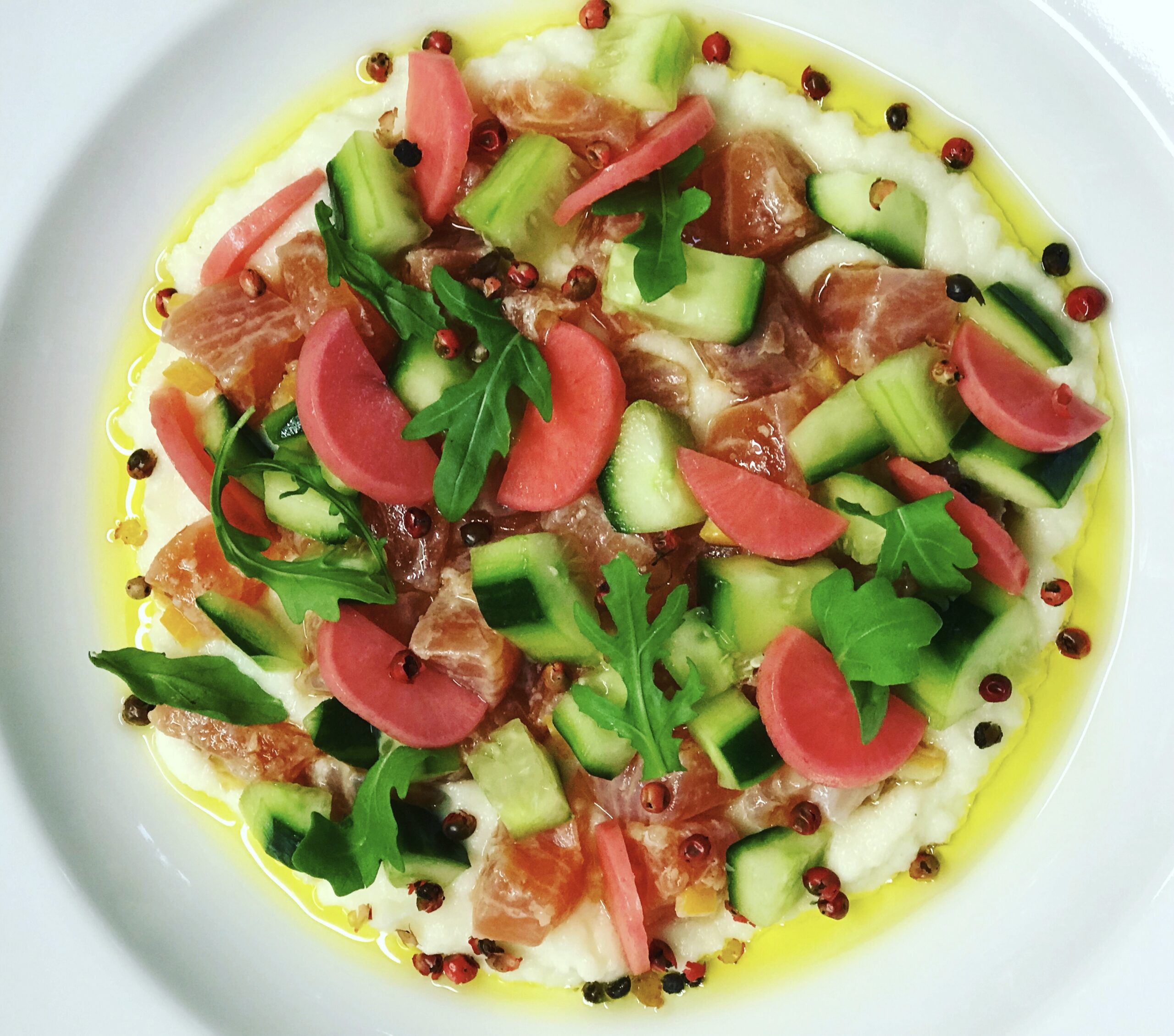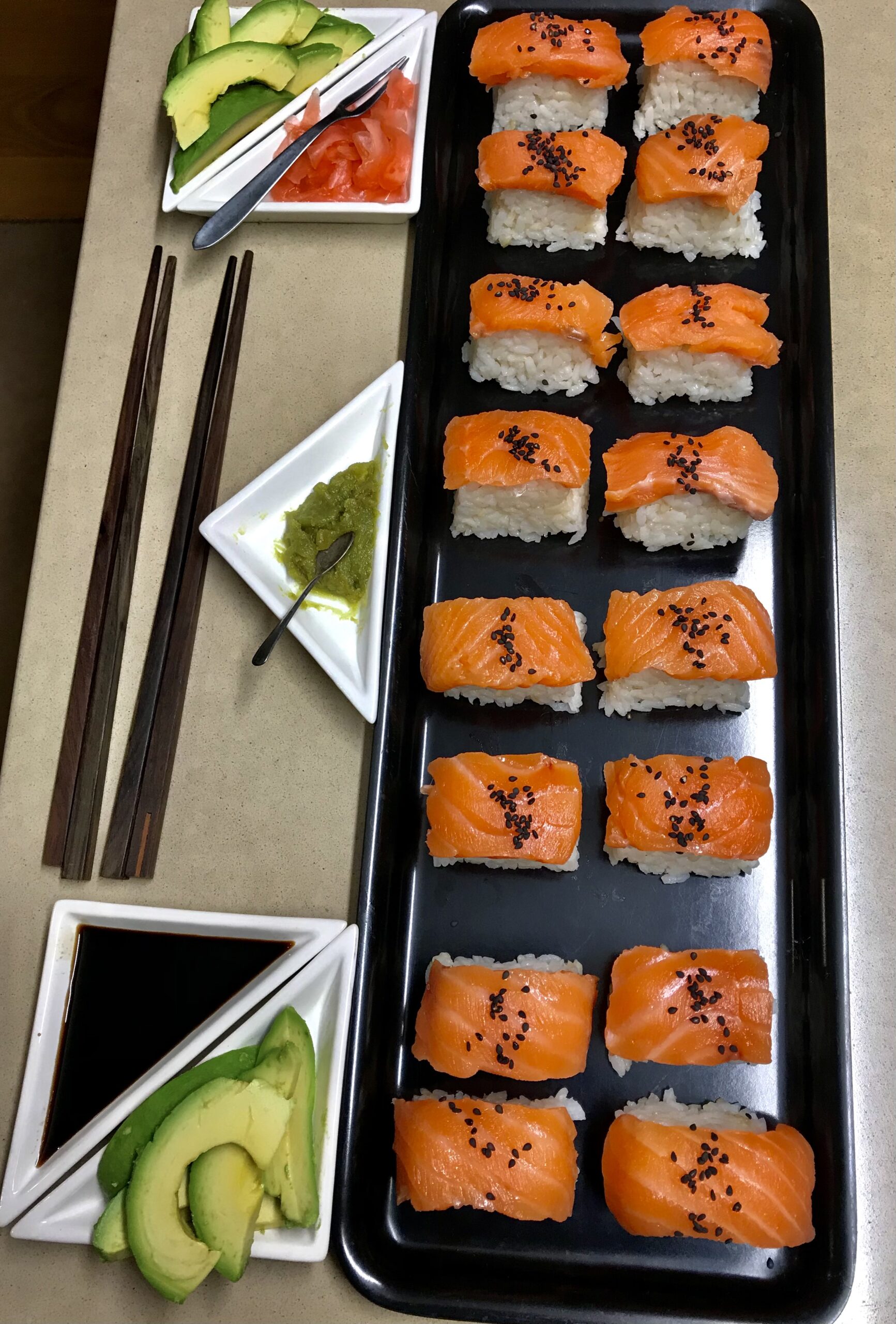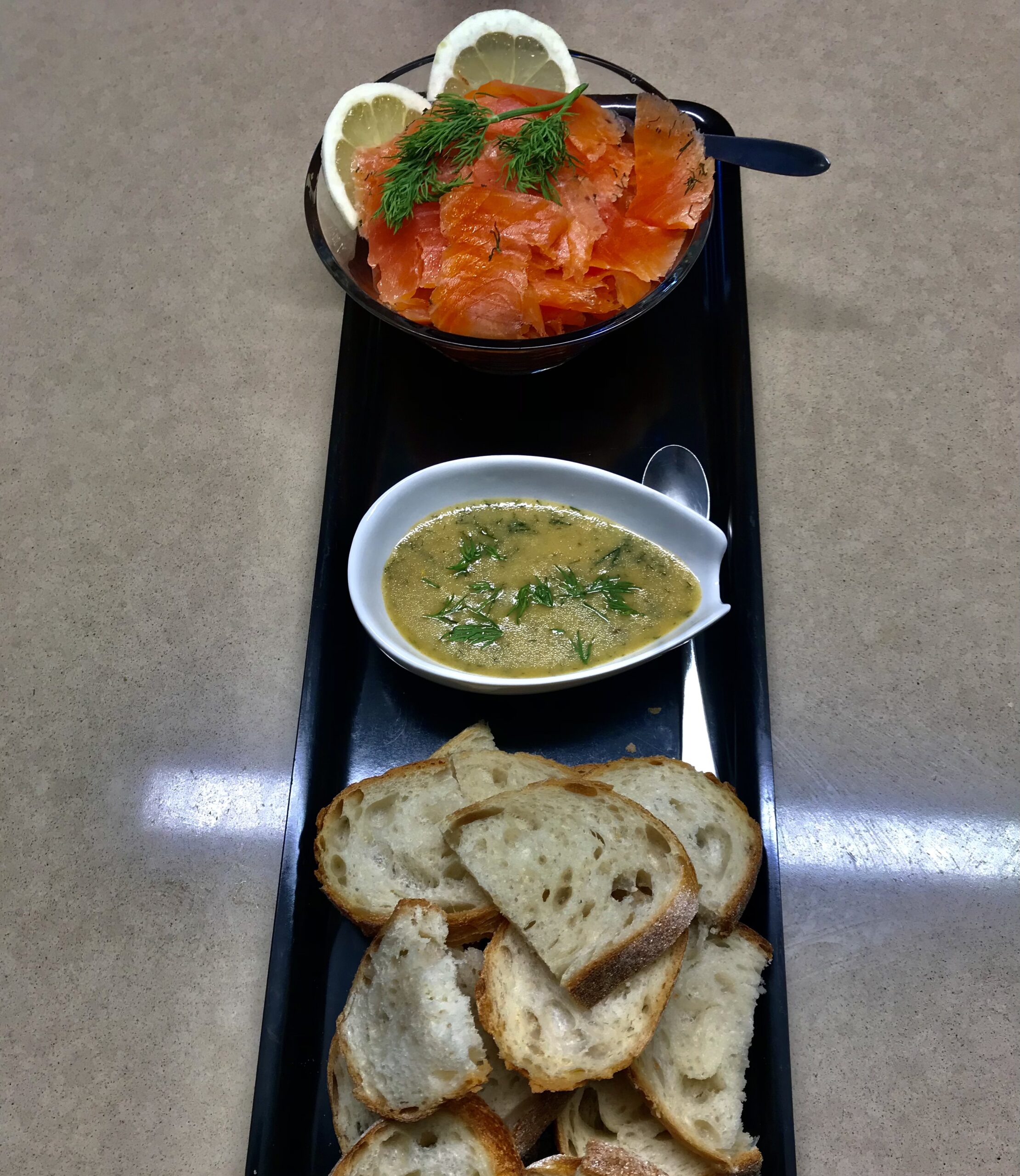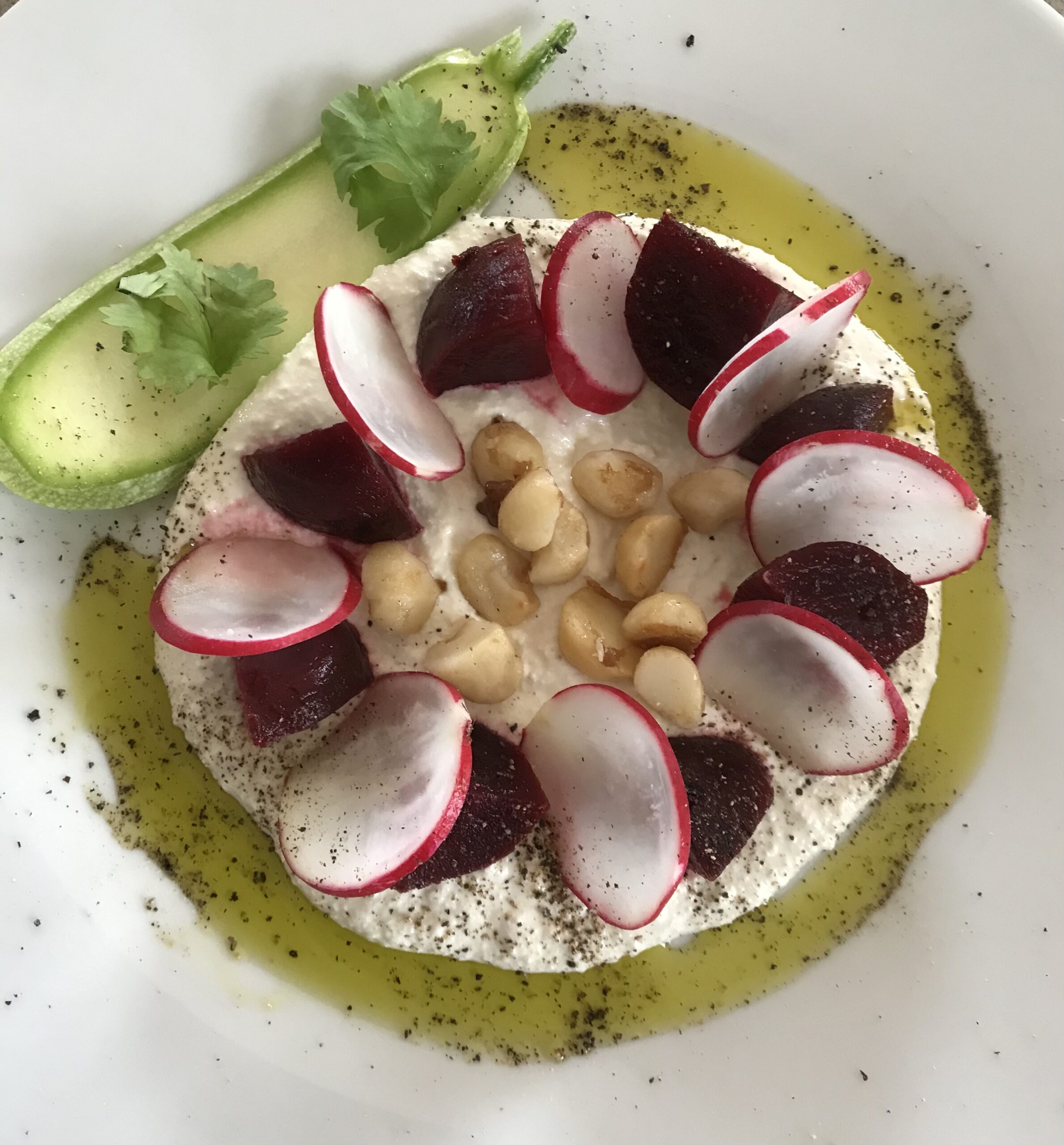The proper name for this delicious cold beetroot soup is Šaltibarščiai which means cold beets in Lithuanian. My Lithuanian friend Jurate who gave me the recipe says most people call it Pink Soup. It’s a creamier version of the well-known beetroot soup called Borscht.
If you have time, cook your own beetroots, but ready-cooked beetroots from the supermarket work well and save time.
This soup is perfect for a hot summer’s day. Serve it as a starter or, with the addition of boiled new potatoes, as a main course. Jurate serves hardboiled eggs separately in a bowl, for guests to peel and chop onto their soup, if they like. My husband is not a big fan of hardboiled eggs and prefers the soup without the egg, so you choose.
Delicious and very refreshing on a warm summer’s evening.
 500g cooked, peeled beetroots
500g cooked, peeled beetroots
600 ml buttermilk or kefir (see note below)
2 stock cubes dissolved in a little hot water (chicken, vegetable)
Cider vinegar and freshly ground black pepper, to taste
2 small Lebanese cucumbers, thickly sliced and halved or quartered
Optional extras for serving:
Fresh crusty bread such as sourdough and butter
Hardboiled eggs, one per person
Boiled new potatoes, served hot
Grate beetroots coarsely and mix them with the buttermilk or kefir and the stock cubes. Add a splash of cider vinegar and some black pepper, to taste. If you’re in a hurry, with no time to grate the beetroots, just whiz them in a blender or food processor. If necessary adjust the thickness of the soup by adding more buttermilk, kefir, yoghurt or water. I didn’t find it needed any additional salt, but taste and see what you think. Add a tablespoon or two of cider vinegar, to taste.
Chill for several hours. Serve in bowls garnished with the cucumber chunks, the dill and the hardboiled eggs, halved or chopped. Or serve the eggs in a separate bowl for people to help themselves and peel themselves. Serve with crusty bread and, if you want to make a more substantial meal, buttered steamed new potatoes.
Serves 6
Note: instead of buttermilk or kefir, you can use 400ml of thick plain yoghurt thinned down with about 200ml water.
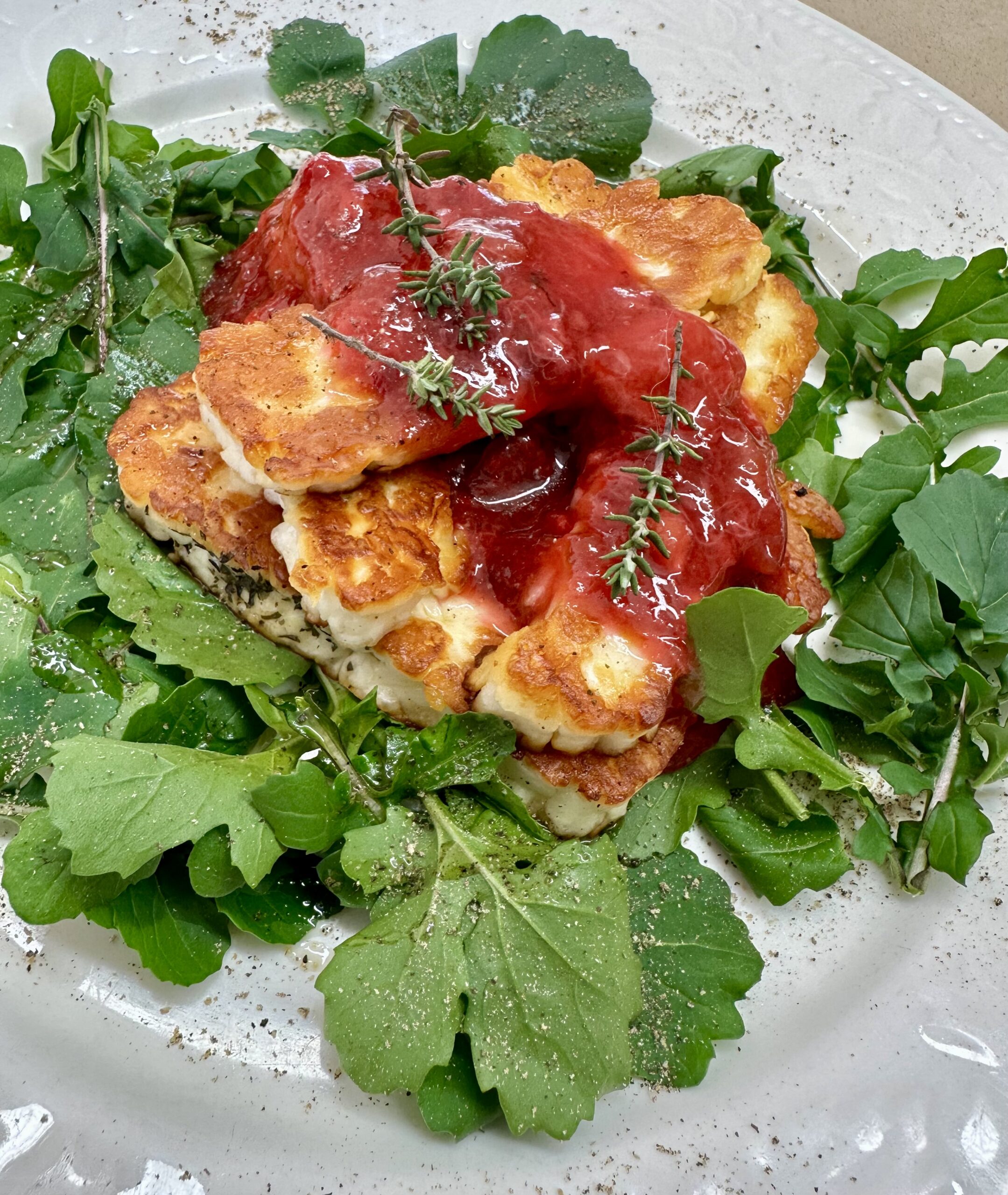

 500g cooked, peeled beetroots
500g cooked, peeled beetroots